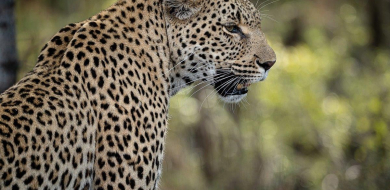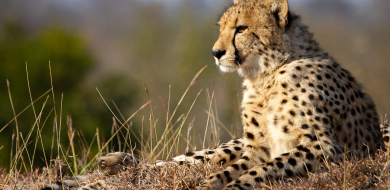SETTINGS
Assuming you want to freeze the bird in flight, it is imperative to have a fast enough shutter speed. For this type of picture, it is generally recommended that your shutter speed be no less than 1/1600; otherwise there is a real risk that the photo will blur with the movement of the feathers. For this example, I set my shutter speed to 1/2000. (With some photos of course, it is nice to have blur to show movement). My aperture was at f5.6 although against a clear sky background, the depth of field was not so important. Should the bird be flying past a noisy background such as the leaves on a tree, then a shallower depth of field is recommended in order to blur the background and not have it detract from the subject. The lower your ISO, the greater the quality of the picture and with a bright sunny day such as this, I was able to set mine to only 160.
COMPOSITION
Perhaps the most basic yet overlooked rule in photography is to ensure your subject is correctly placed in the frame. If the subject is moving or flying from right to left, make sure it is framed on the right of the screen so that it seems to be traveling into the photo. Your eye is automatically drawn to the direction of travel and the viewer will anticipate the subject’s path. The same is equally true of a stationary subject that is looking in a particular direction. Try not to leave ’empty space’!
ANTICIPATION
If you can predict the path of the bird’s flight, the composition can be decided upon in advance of take-off. Keep your eyes open for external stimuli that might cause the bird to take to the air, for example approaching vehicles, animals or people. Once the settings and composition are correct, the only thing left to do is take the picture. A final tip in getting yourself ready to depress the shutter is to watch the bird. It should give you a sign that it is about to fly and this will come with experience. However, most birds will defecate moments before take-off in order to lighten the load in flight. If you see uric acid fall from its body, there is a good chance that it is preparing for take-off!
Canon EOS 60D with EF70-200mm f2.8 lens
Shutter Speed: 1/2000 seconds
Aperture: f5.6
ISO: 160
Good luck and stay composed!
Ben Coley








